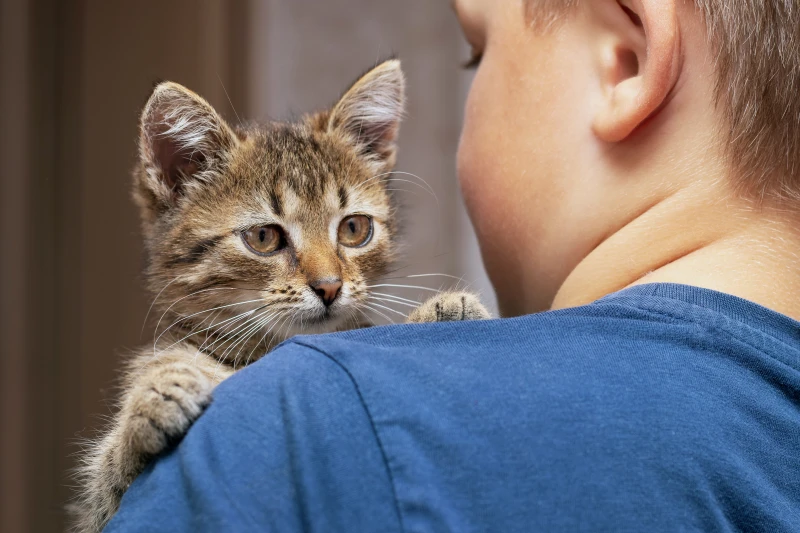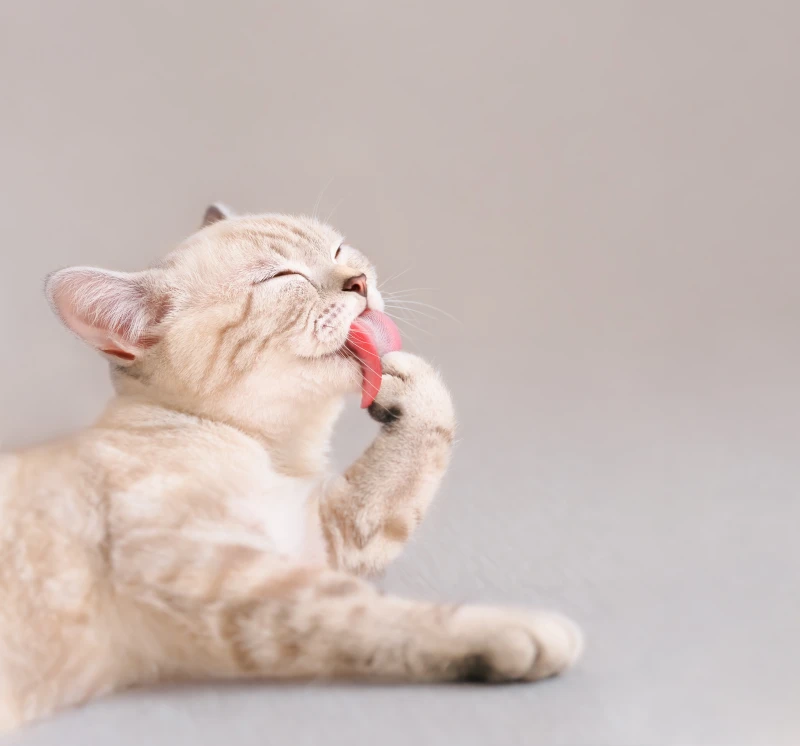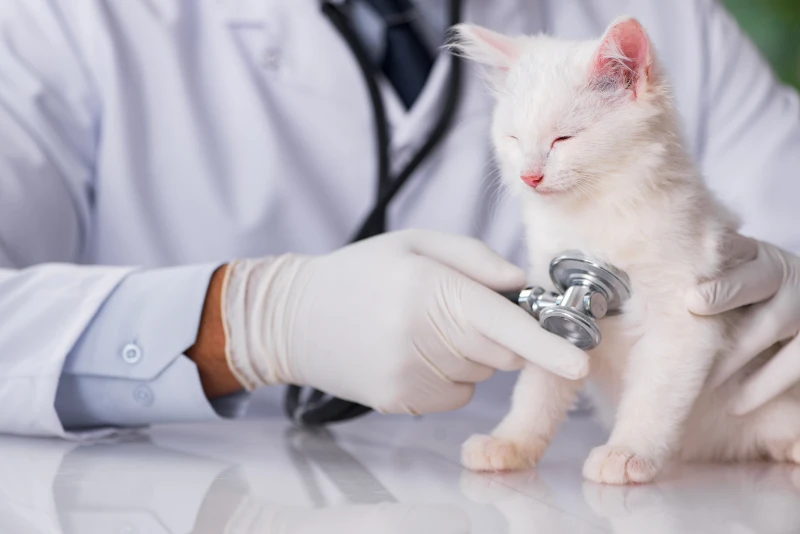Cats’ mysterious personalities and independence have always interested and charmed people. Many people think of them as mysterious animals, and their special charm has made them a favorite among many. Even though they are very famous as pets, some people still find it hard to understand how they act and talk. But some people are known as “Cat Whisperers” who seem to naturally be able to connect with cats on a higher level. This article will talk about what it means to be a “Cat Whisperer” and how knowing how cats talk and behave is a key part of making relationships between people and cats peaceful.
Understanding Cat Behavior
Before you can get into the Cat Whisperer idea, you need to know a lot about how cats behave. Cats have a complex social structure that affects how they connect because they are territorial animals. Body language, sounds, and scent marking are the main ways they talk to each other. Each of these tells you important things about their mood and plans.
Body Language
Cat Whisperers can learn a lot about a cat’s feelings and goals just by looking at its body language. For example, a cat with flattened ears and a lowered tail might be scared or guarded, while a cat with a calm posture and eyes that blink slowly might be happy and at ease. Cat Whisperers can properly figure out how a cat is feeling by paying close attention to these subtle cues. Because they understand this, they can create a setting that makes the cat feel safe and trusting, which makes the bond between the Cat Whisperer and the cat stronger.
Vocalizations
Cats can talk to people and other animals through a range of sounds. Some of the sounds they make are meowing, purring, hissing, and growling, and each one has its meaning. Cats call out with their meows to say hello or get attention, while their hisses can mean they are scared or angry. By figuring out what these sounds mean, Cat Whisperers can learn more about what the cat wants and how it feels.
Scent Marking
Leaving smell marks on each other is another important way cats talk to each other. Cats use scent glands on their faces, paws, and tails to mark their territory. Other cats in the area can use the smells they leave behind when they spray pee or rub against things to figure out what they are doing. Cat communication experts say that cats use smell marking to set rules and make sure everyone knows their place in the group.
The Role of the Cat Whisperer
So that we have a better understanding of how cats behave, we will look into what the Cat Whisperer does for a living. This person is called a “Cat Whisperer” because they have a deep understanding of how cats behave and talk. Their ability to watch has grown to the point where they can figure out the tiny signs and signals that cats use to talk to each other.
Empathy and Patience
One of the most important things for a Cat Whisperer to have is empathy. They are very aware of what cats need on a psychological level and treat relationships with cats with kindness and patience. Putting themselves in the cat’s shoes, so to speak, will help them understand the cat’s point of view and act in the right way. This understanding is what links the Cat Whisperer and the cat friend possible.
Nonverbal Communication
Cat Whisperers have a special ability to understand what cats are saying without using words. They pay close attention to a cat’s facial reactions, movements, and sounds to figure out how it feels and what it wants. Because they correctly understand these signs, they change how they act to make the cat feel safe and calm.
This shared understanding helps the Cat Whisperer and the cat trust each other and bond deeper, creating a strong base for a peaceful relationship. Cat Whisperers make cats feel safe and at ease by carefully watching them and responding intuitively. This makes cats feel understood and respected when they are with them.
Respect for Boundaries
If you want to earn a cat’s trust, you have to respect its limits. Cat Whisperers know that cats are independent animals with their own rules and tastes. They don’t try to connect with the cat or invade its space, which can make it angry or stressed. Instead, they let the cat come up to them when it’s ready, which builds trust and a relationship over time.



